
 Hamdan Bin Mohammed bin Rashid Sports Complex in Dubai ... an EJOT project.
Hamdan Bin Mohammed bin Rashid Sports Complex in Dubai ... an EJOT project.
ARCHITECTS and designers are increasingly moving towards rainscreen systems as the preferred facade for new buildings and renovations, as they seek to meet their clients’ demands for higher technical and performance for cladding systems, according to Dirk Homrighausen, managing director of EJOT Middle East.
The essential design of a rainscreen or rear-ventilated facade is to provide a barrier to the elements without relying on sealants. “Most of the water is deflected off the facade facing and by providing a ventilated cavity, any penetration of water is prevented by draining it behind the facade to the base or by the stack effect. This allows the facade to breathe and allows for any movement within the system to be accommodated without breaking seals,” he explains.
Pressure equalisation between the inner cavity and the external environment helps to prevent the passage of water into the cavity. At the same time, the open or baffled joints of rainscreen systems benefit lightweight aluminium frame and facade systems, helping to accommodate thermal expansion and flexing of the facade without compromising the overall integrity and performance of the system. Thus the adaptability of rainscreen systems makes them suitable for new-build and refurbishment, according to Homrighausen.
Overall, a rainscreen facade system, when designed correctly, has the flexibility and versatility to cope with the ever-increasing demands from thermal, acoustic and environmental conditions and the requirements to meet sustainability standards in modern construction.
 |
|
EJOT’s rainscreen fasteners ... efficient installation. |
However, as Homrighausen points out, installation typically accounts for up to 30 per cent of the total cost of a rainscreen facade, and so quick and efficient installation is imperative. More importantly, the level of risk can increase dramatically if the quality of the specific fasteners and their installation is compromised in any way.
“The paramount factor of any façade installation is safety,” Homrighausen says. “However, the technical ability of the overall system, buildability and speed of erection, together with the end-users’ need for guarantees and system compliance, add to these demands.”
He continues: “The cornerstone of any façade is the performance of the fastener systems. However, it is only with the use of high-grade materials (which result in minimal electrostatic oxidation and corrosion) to secure the components together and to aid transmission of the design loadings back to the frame/structure, that the structural integrity and longevity of the façade can be assured.
“The technical ability of the fastener is critical to the overall performance of the system and is key to the performance of the rainscreen or indeed any façade.”
Homrighausen identifies four key application areas where EJOT fasteners have proven their durability and performance:
• Fastening the bracket to the substrate: The fasteners have to be capable of transmitting the complex loading of the system back to the frame;
• The framework itself: Different fasteners are required to secure the various components that are used to adapt the framing system to meet the needs of complex facades. This requires a precise installation process to accommodate fine tolerances in producing a lined and levelled secure frame;
• Insulation: Fasteners are needed to secure and retain a wide range of rainscreen insulation products including rigid insulation boards, mineral fibre and cavity barriers. EJOT fasteners are designed and manufactured from specific materials and supplied with washer faces to suit the insulation type and the wide range of substrates to provide optimum performance; and
• Fascia panels: Fasteners are critical to secure the facade panels to the frame to provide weather performance, integrity, durability and yet be aesthetically pleasing and unobtrusive.
A key area where EJOT has pushed the boundaries of fastener design at its Applitec research, development and testing centres in the UK and Germany is the humble self-tapping screw, which is widely used throughout all façade systems – transom mullion, elemental, double-skin and synergy facades and structural glazing – as well as rainscreens.
Self-tapping screws are used to fasten the façade on to the structure, fitting the top part of the profile to the basic profile, T-joints, fastening glass bars and pressure bars.
However, for all its benefits – light weight, high stability and high corrosion resistance – aluminium is still a very soft material and installing the wrong fastener type and poor technique can lead to myriad problems with the screw and substrate, such as over tightening, stripping the thread, enlarging the screw channel and even seizing the screw itself, Homrighausen emphasises.
Thus Homrighausen’s first piece of advice for contractors when selecting any fastener, whether it be for facades, cladding, roofing or any of the other industrial applications, is to carefully consider the requirements of each individual application and installation. He cites the following checklist for selection of fasteners:
• The material used: Logically this will be stainless steel with a properly engineered insulating washer that fits perfectly to the screw head;
• The strength, including tensile strength and pull out as well as the break torque level.
• Key installation elements: Installation, breakaway and stripping torque and the drill capacity required.
• The drive;
• The form of head;
• The sealing performance; and
• The visual appearance.
EJOT’s research and development centre in Germany has examined the self-tapping screw and, in particular, the mechanics of load transmission, thread forming and the displacement of substrate material as the screw is drilled in and produced a radical new design – the EJOT PT Type DG – as the most sophisticated fastening system for extruded aluminium profiles.
Elaborating on the new fastener, Homrighausen says: “The first obvious characteristics of the DG series fastener is the asymmetric thread which has a 30-degree load thread angle, the high overlap rate of the thread flanks and an increased number of threads for a given length. The DG 50 type has thread centres at 1.23-mm intervals compared to the 1.6-mm intervals on the standard ST 4.8 sheet metal screw.”
The DG type offers optimised material displacement as the deformed substrate material is pushed into the core channel whereas with the standard sheet metal screw, the displaced material remains in the threads themselves, resulting in increased tension, high torque required for installation and the possibility of jamming or even breaking the fastener itself. If, as is commonly done on site in the region, the predrilled diameter is enlarged to ease installation of the standard sheet metal screw the pull out force is considerably reduced, he points out.
The unique 30-degree load thread angle for the DG type fastener enables stronger tightening and loosening torques due to the higher thread friction force, while the big stable thread flank ensures low contact pressure, little relaxation and a high remaining pre-stressing force, resulting in excellent vibration resistance, he adds.
“EJOT offers fasteners that are suitable for a wide range of facade materials, from aluminium and composite systems through to secret fixing of high-pressure laminates, with purpose-designed thread-cutting stainless steel fasteners,” Homrighausen says.
“Each fastener system needs to perform to the highest standards, with the support of up-to-the-minute test data and site support from qualified operatives and experienced technical support, and experience, choice, technical support and supply chain management from research and development through to installation – with end of life being key in providing whole life support,” he continues.
“By working closely with system manufacturers and suppliers, we have both widespread approval and a full range of application-specific products, which are gaining broad acceptance from suppliers, engineers, buyers and installers throughout the region,” Homrighausen concludes.



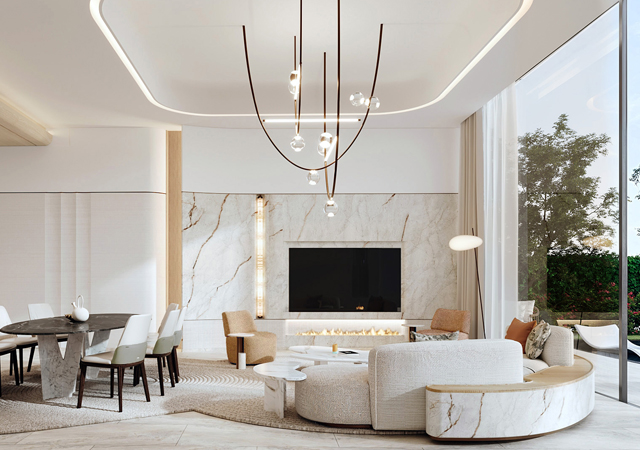


.jpg)
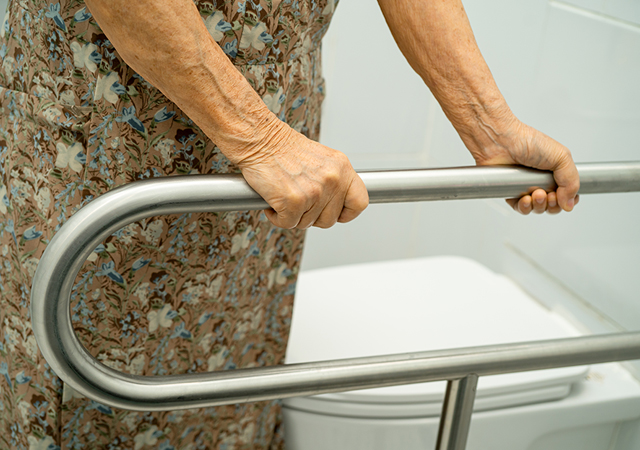

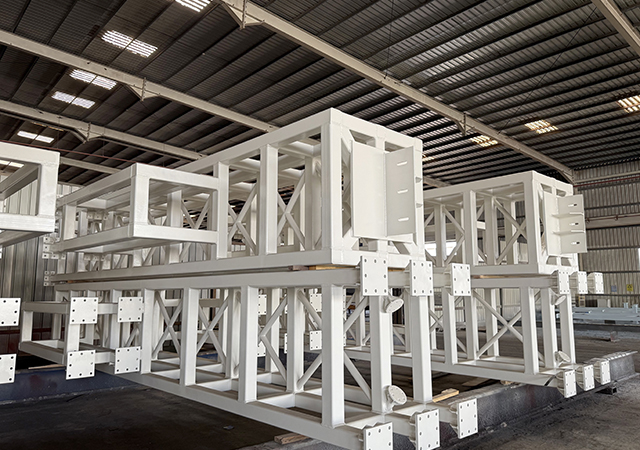





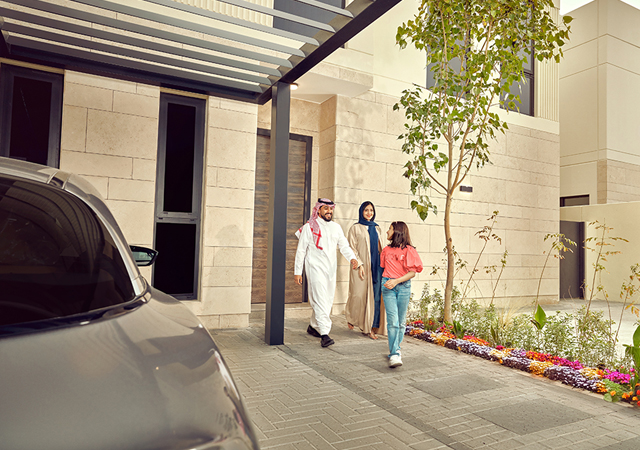
.jpg)




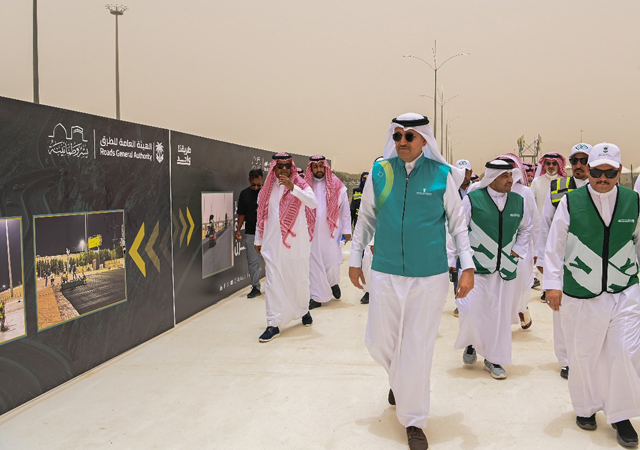

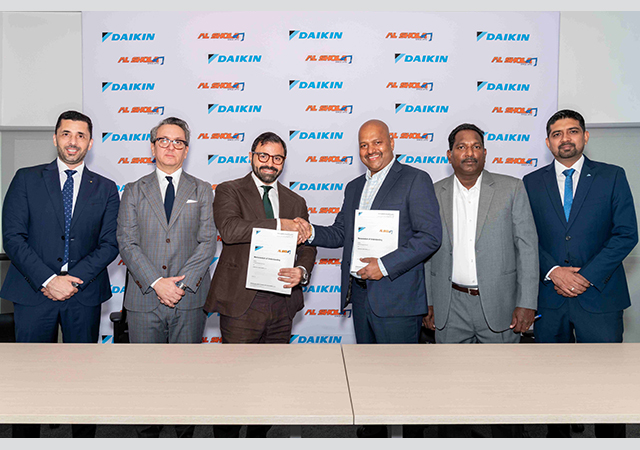

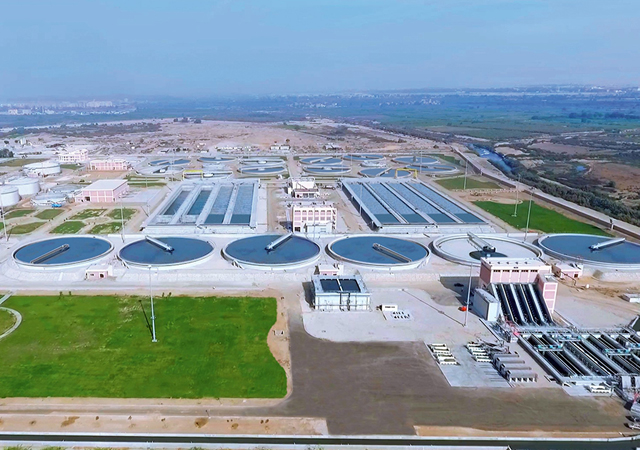





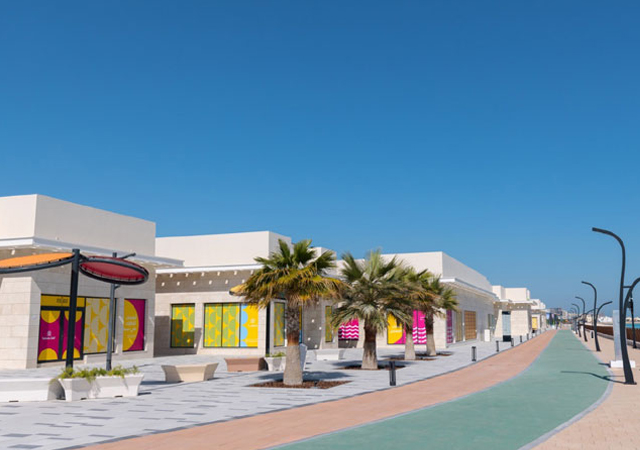

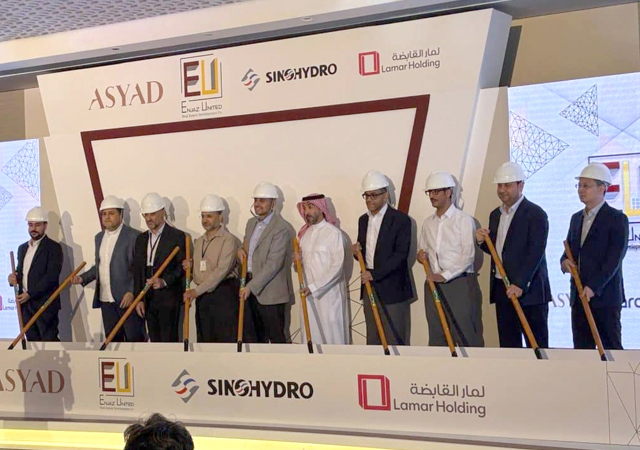

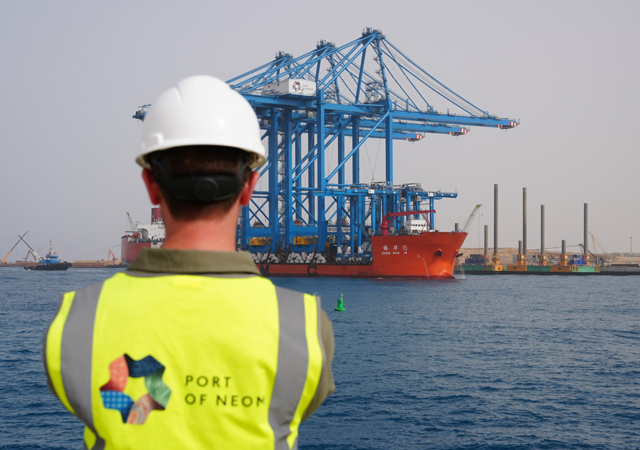

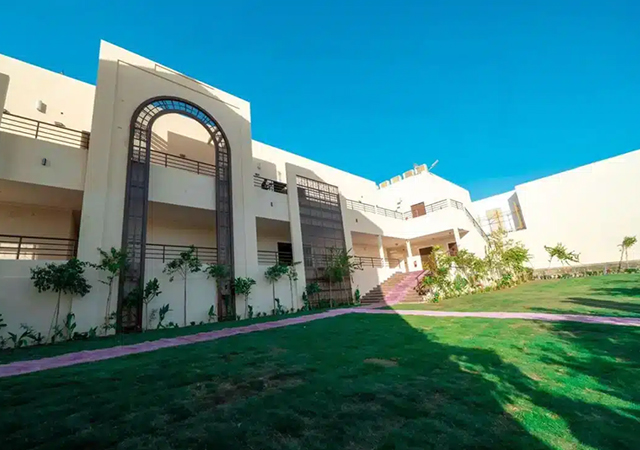


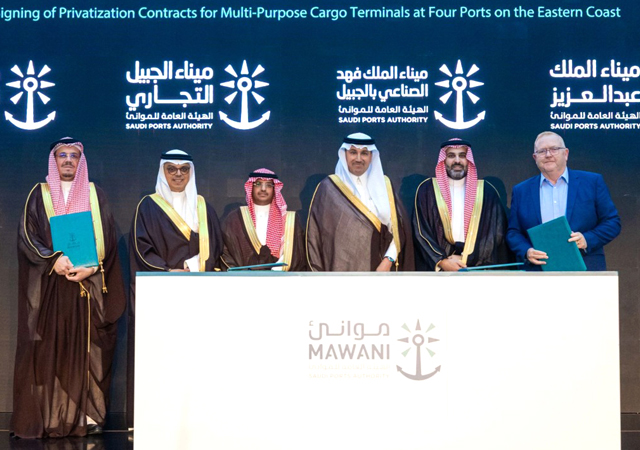


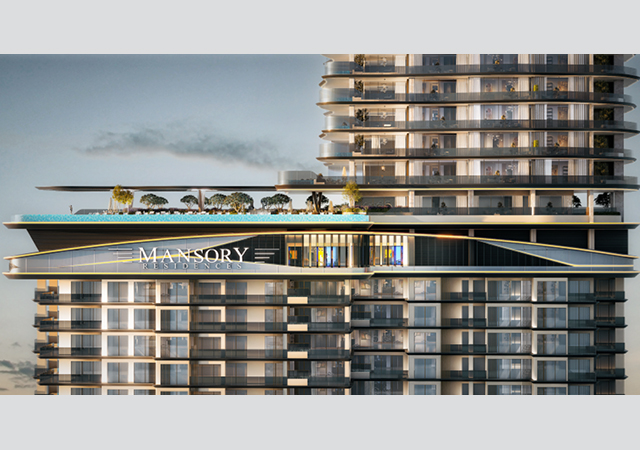
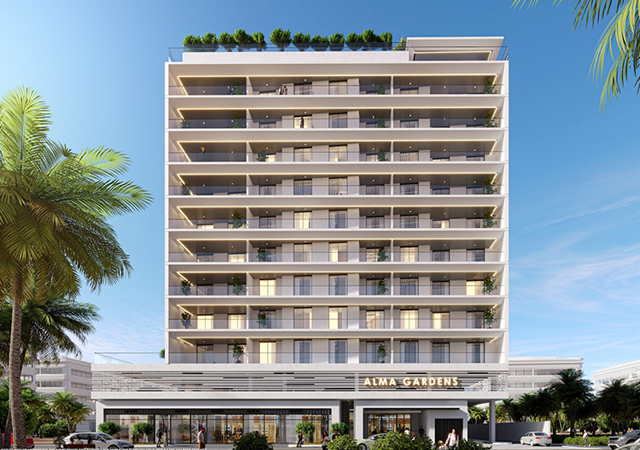

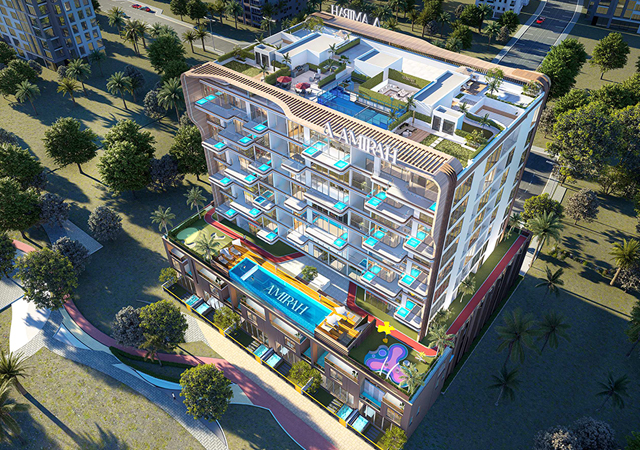
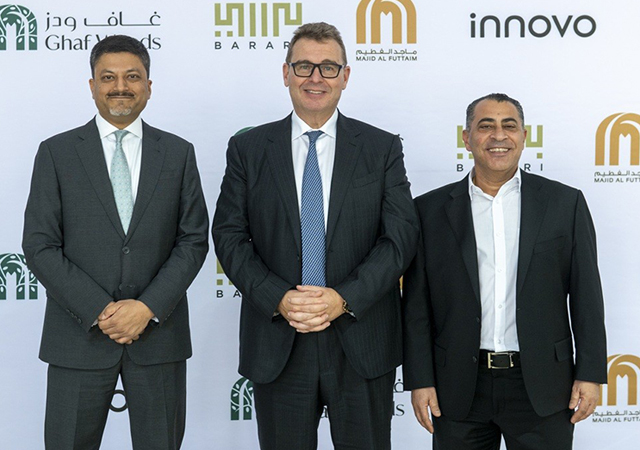
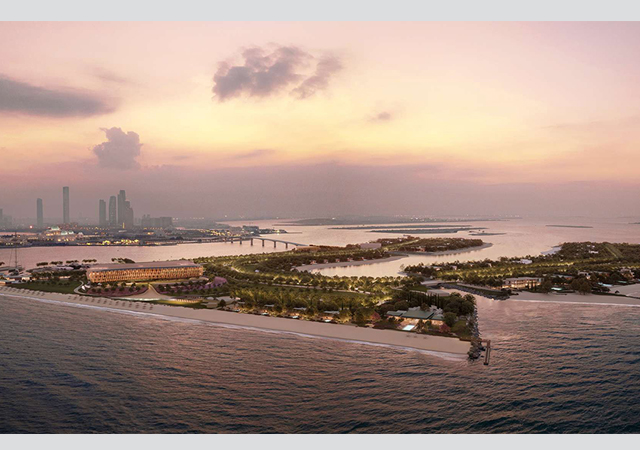

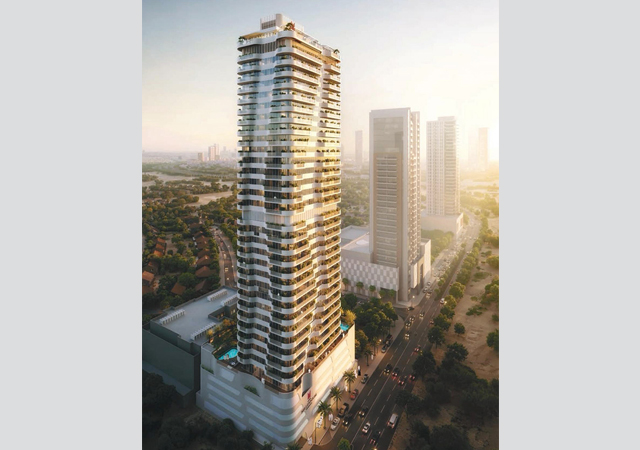

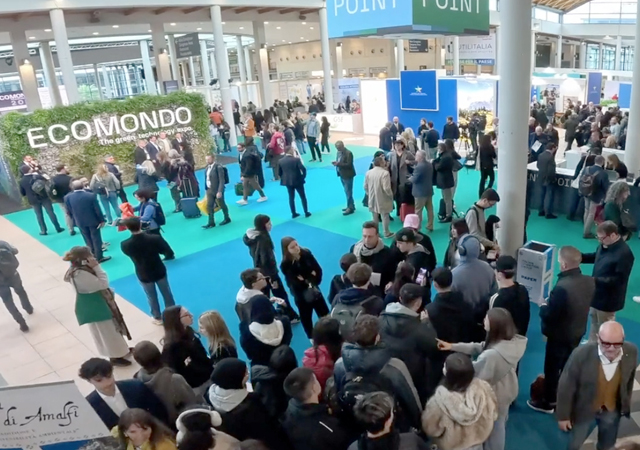
.jpg)






